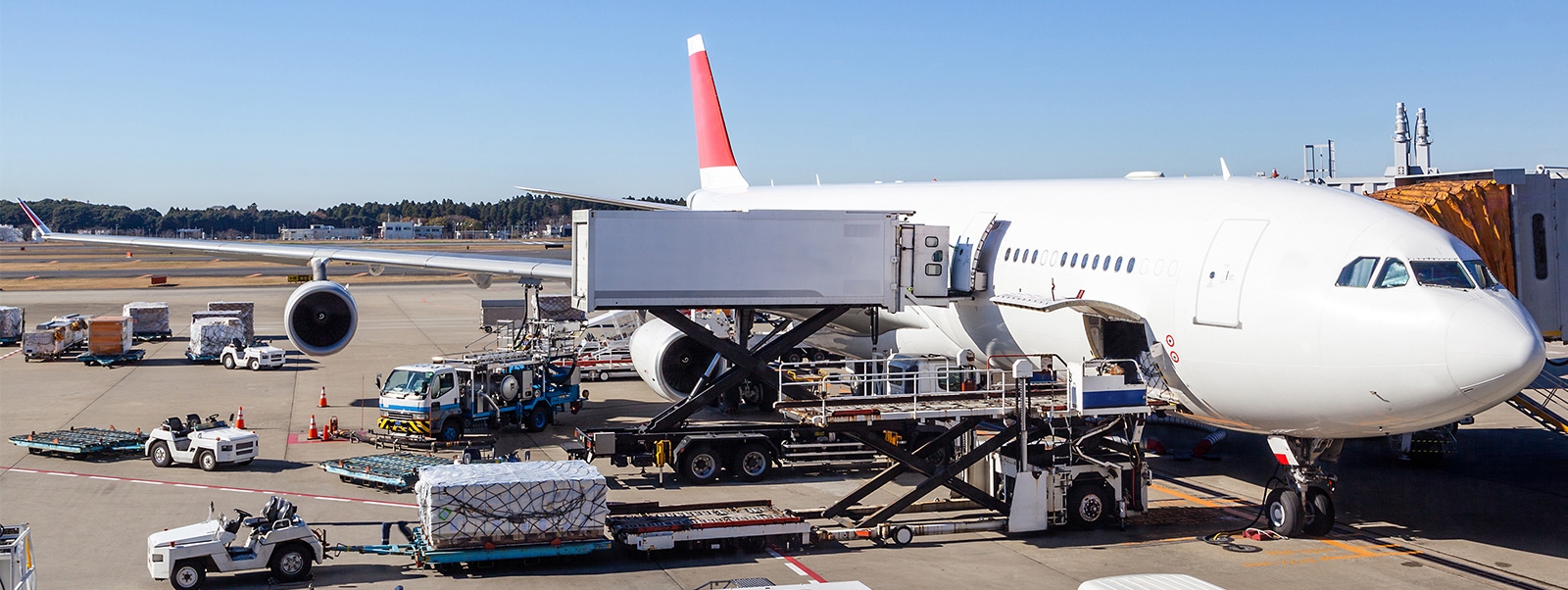By Jerome Bouchard and Fabrice Villaumé
This article first appeared in Forbes on July 20, 2018.
Jet fuel prices are 50 percent higher than last year, with more than half of that rise coming in the past three months, as crude oil prices reach the highest level since 2014 and mounting demand globally for air travel pushes up total fuel consumption. Assuming these trends persist, airlines could be looking at significant future operating cost increases.
Yet, many carriers have still not fully embraced emerging technologies that allow them to optimize aircraft performance and reduce fuel consumption. Given that fuel constitutes anywhere from 25 percent to even 30 percent of total industry expenses, a cut of a couple of percentage points could save airlines around the world billions, even if fuel prices stabilize. It also would help airlines live up to international targets for greenhouse-gas emissions.
One potentially powerful strategy might be to convert today’s static flight planning into a more dynamic model, allowing airlines to eke out every possible operating savings by making adjustments on the go. To achieve this, carriers need the capacity to transmit real-time data from the aircraft to advanced analytics systems on the ground, so they can constantly tweak flight plans to reflect flying conditions each plane is encountering and ultimately optimize the use of fuel.
To read the rest of the article, click here.
Fuel constitutes anywhere from 25 percent to even 30 percent of total airline industry expenses


